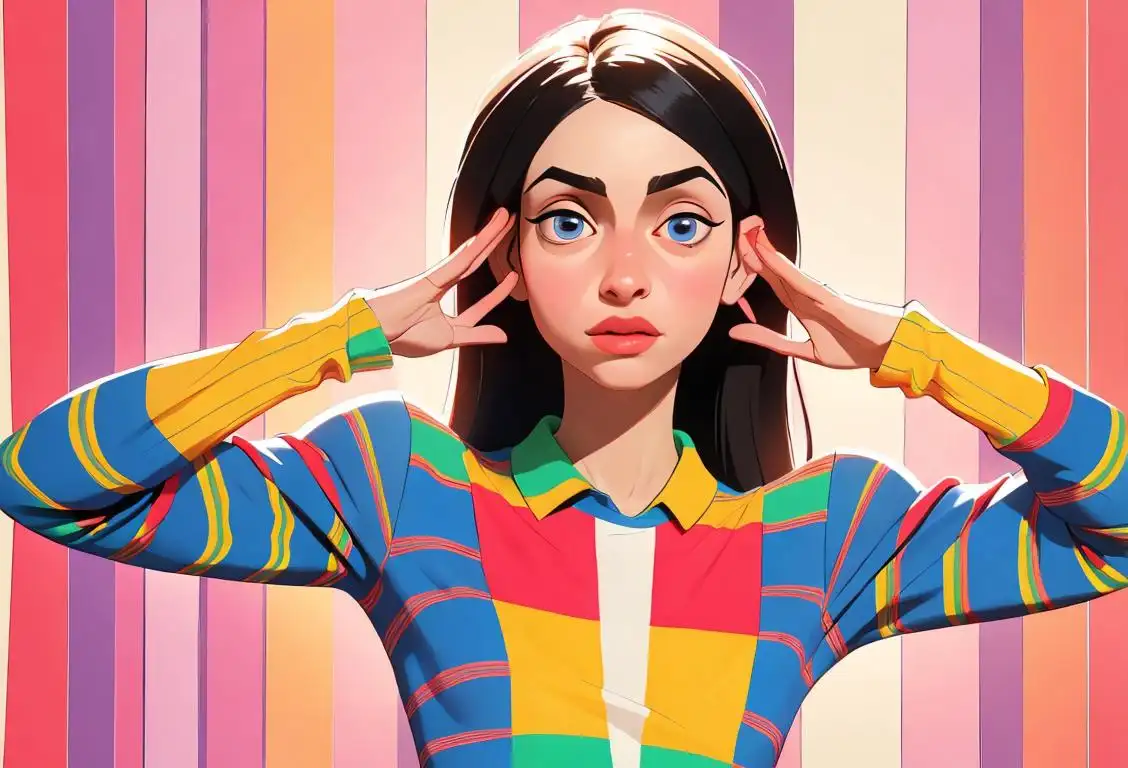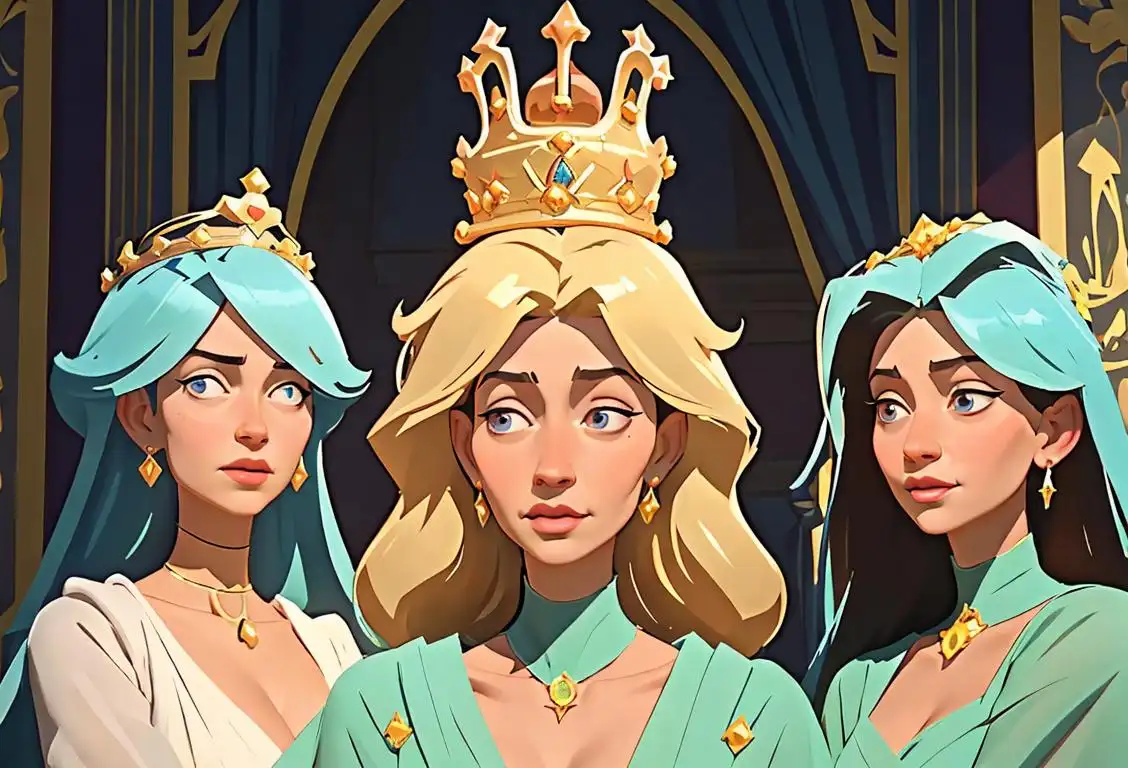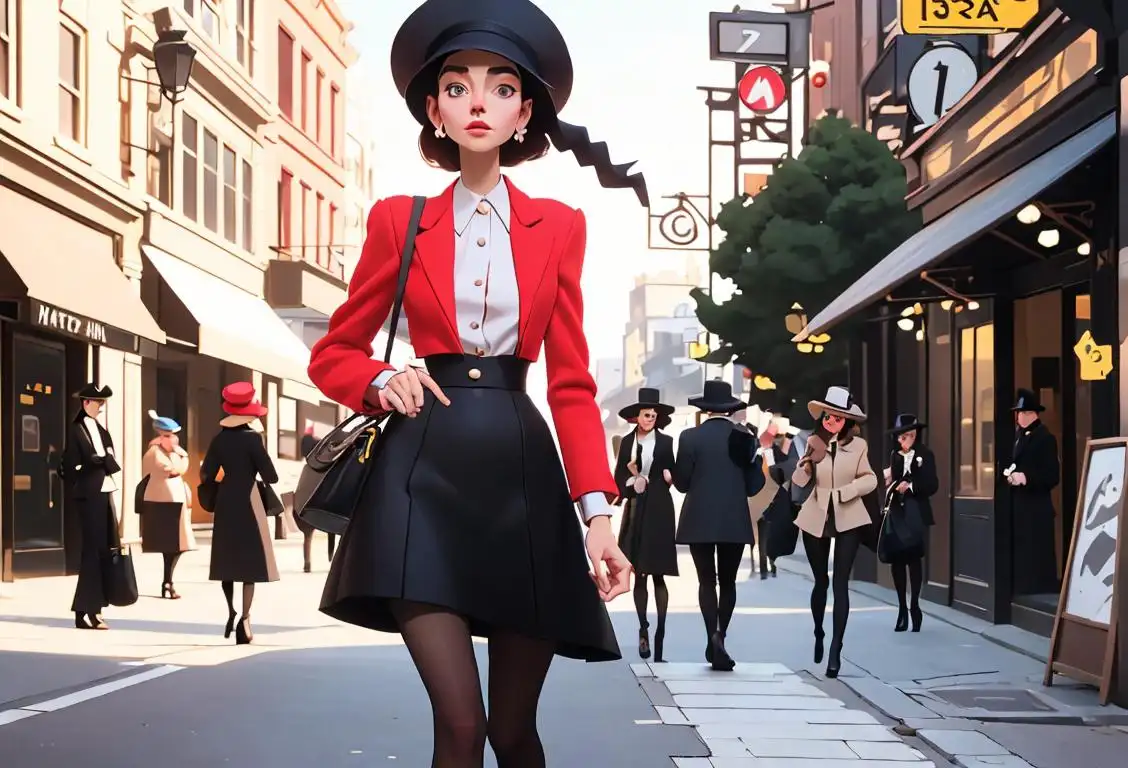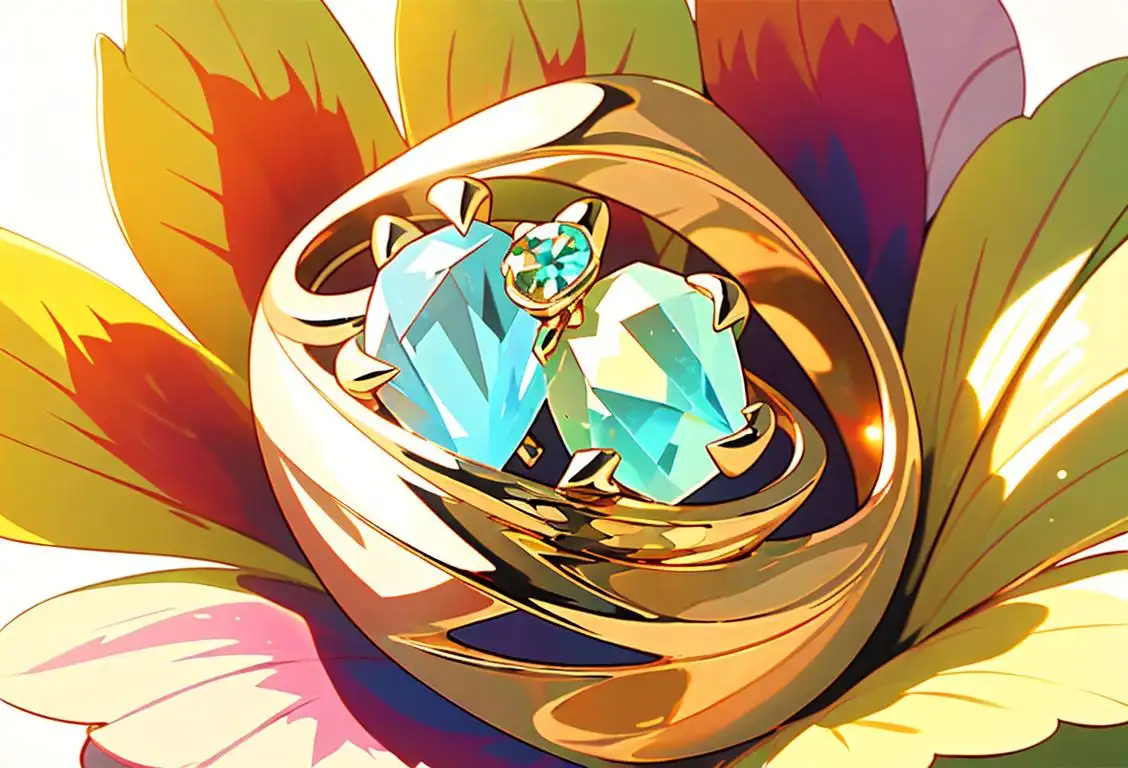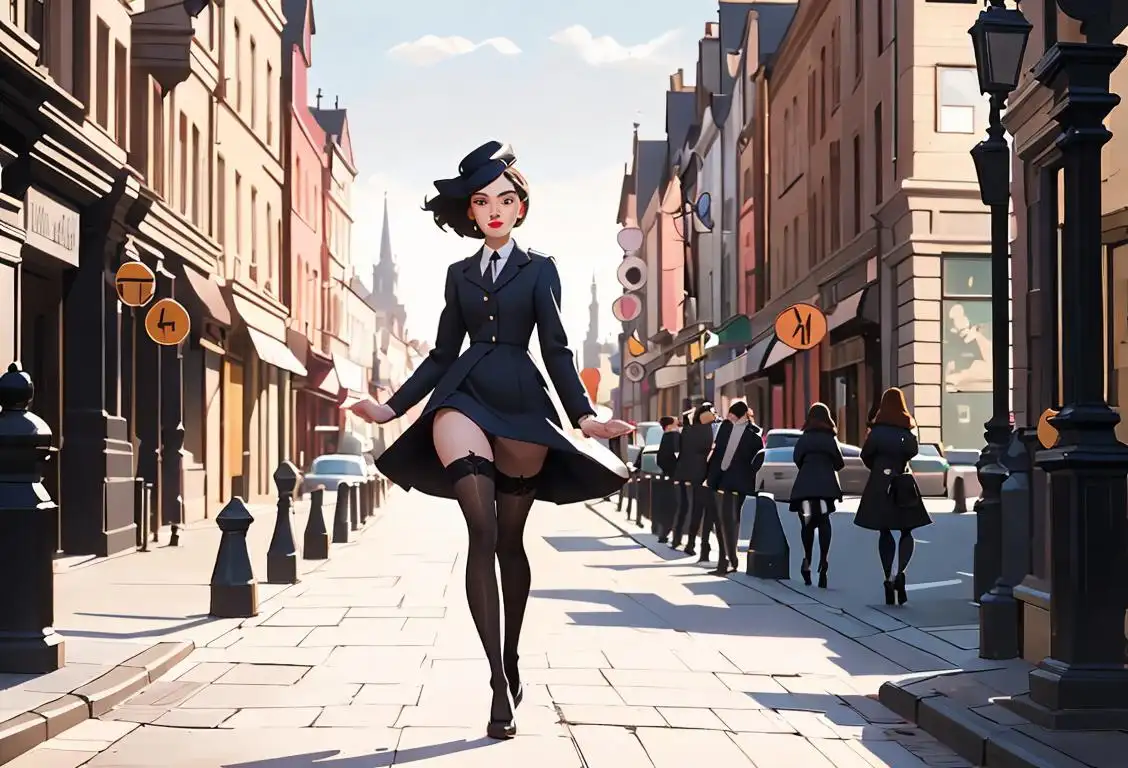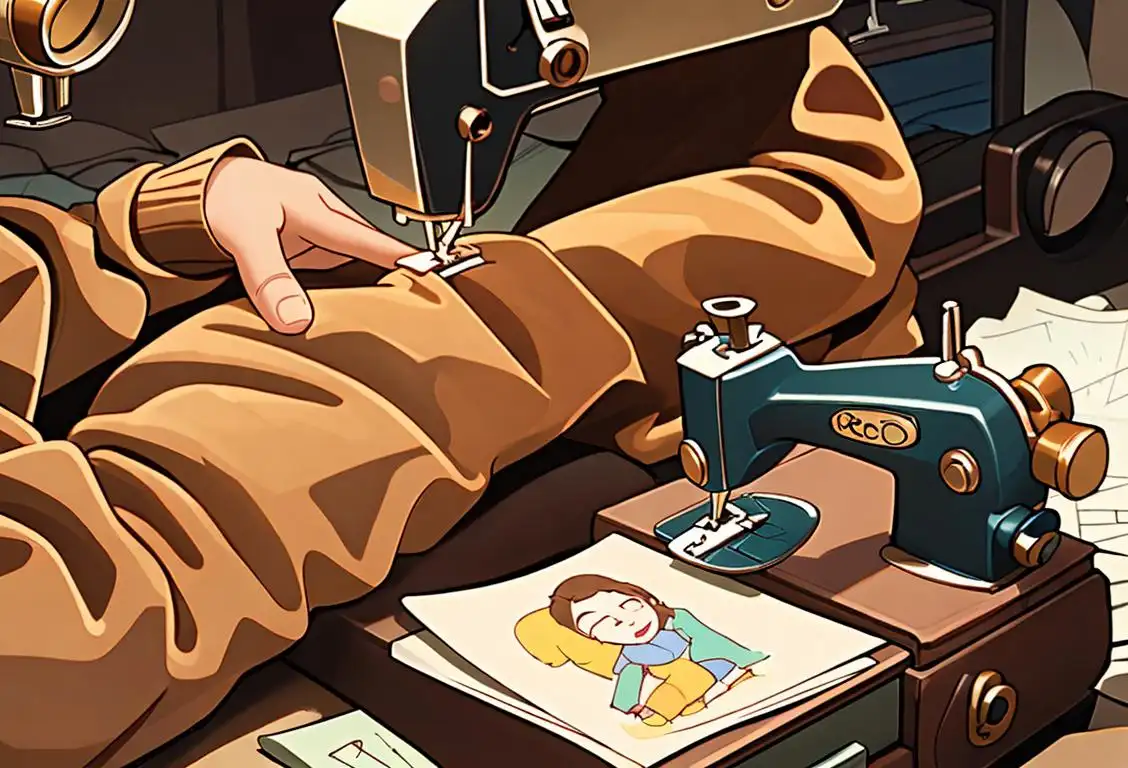National Coat Day
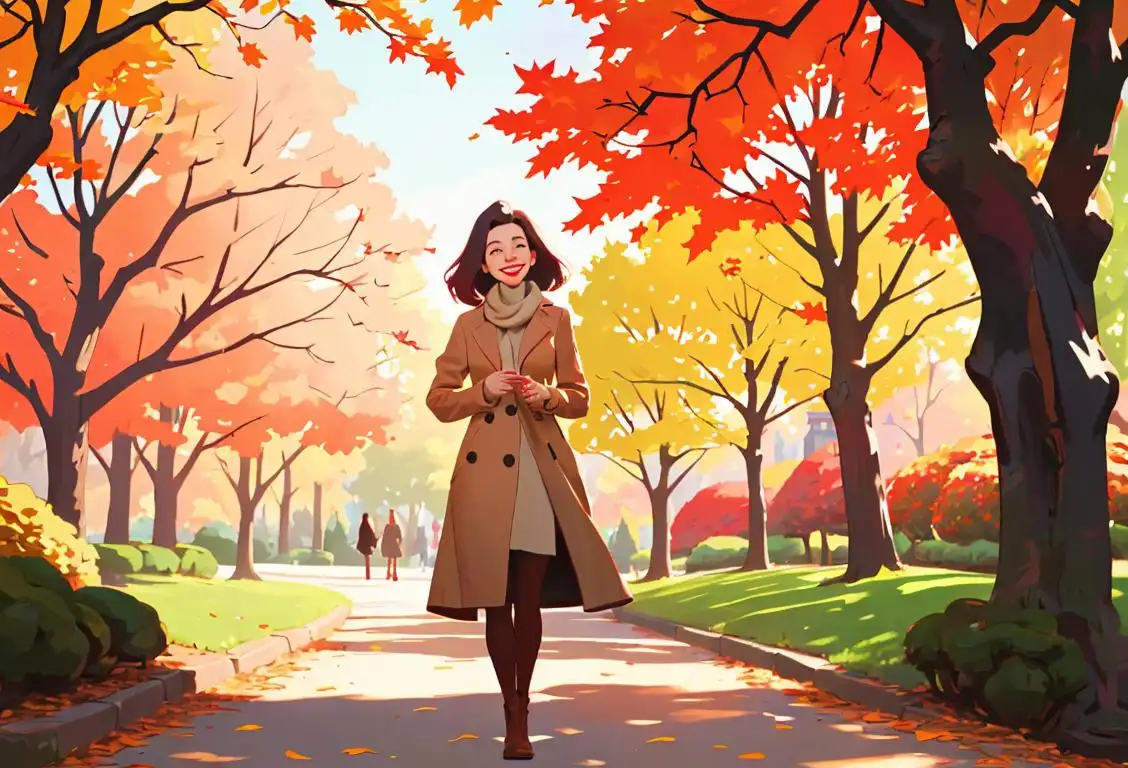
Hey there, coat enthusiasts! Today we're diving into the fascinating world of National Coat Day. Get ready to snuggle up with a warm cup of cocoa as we take a closer look at the history, fun facts, and all things coat-related!
When is Coat Day?
It's national coat day on the 20th June.
A Brief History of National Coat Day
While we couldn't find too many online mentions of National Coat Day, we did uncover a few tidbits. Apparently, this delightful day started gaining attention on June 20, 2018, when coat enthusiasts around the internet couldn't contain their excitement.
Now, you might be wondering who exactly declared National Coat Day to be a thing. Well, just like coat buttons, the origins of this day are a bit hidden. It seems to have sprung up organically from coat lovers worldwide, eager to celebrate their cozy outerwear.
Why We Love Our Coats
Coats aren't just pieces of fabric that keep us warm; they're like portable hugs from our loved ones. They're cozy cocoons that shield us from the cold, allowing us to face winter winds with confidence. Having a stylish coat is like having a fashionable bodyguard who wants nothing more than to keep you toasty and fabulous.
Not to mention the pocket power! Coats are famous for their abundance of pockets, giving us the ability to smuggle snacks into movie theaters or carry around an entire pharmacy worth of chapstick. Plus, every time you reach into your coat pocket and find a forgotten treat or a crumpled five-dollar bill, it feels like you just won the lottery.
Fun Facts About Coats
Coats have been around for centuries, evolving from simple animal skins to the fashionable garments we know today. Here's a fun coat-related fact to impress your friends: Did you know that the word 'coat' comes from the Old French word 'cote,' which means 'outer garment'? Now you can drop that gem at your next dinner party and watch the conversation ignite.
History behind the term 'Coat'
13th century
The Birth of Coats
During the 13th century, a new type of outerwear called a 'coat' emerged in Europe. Coats were typically knee-length, sleeveless garments made from sturdy materials such as wool or leather. They were initially designed for practical purposes, providing protection against the elements and serving as a form of armor for knights and soldiers.
14th century
Fashionable Coats
In the 14th century, coats began to evolve from purely functional garments to fashionable attire. Tailors and designers started to experiment with various styles and materials, incorporating decorative elements like fur trim, embroidery, and intricate patterns. Coats became a symbol of social status and were worn by nobility and wealthier members of society.
17th century
Coats for Gentlemen
By the 17th century, coats became an essential part of male fashion. The term 'coat' took on a more specific meaning and referred to a long, loose-fitting garment with sleeves that extended to the wrists. These coats were typically tailored and fitted, emphasizing a gentleman's stature and style. They were often worn as formal attire and were commonly seen during public gatherings and events.
19th century
Transition to Overcoats
In the 19th century, a new type of coat gained popularity: the overcoat. Overcoats were longer and heavier than traditional coats, designed to be worn over other clothing to provide additional warmth and protection. They became especially prevalent during colder seasons and were often made from materials like wool or tweed. Overcoats have remained a staple in cold-weather wardrobes ever since.
20th century
Coats for All
As the fashion industry evolved and society became more egalitarian, coats became accessible to people of all backgrounds. In the 20th century, mass production techniques made coats more affordable and available to the general population. Coats began to reflect changing trends and styles, adapting to the diverse fashion preferences and practical needs of individuals around the world.
Did you know?
Did you know that coats were once only worn by the aristocracy and military personnel? Thankfully, they became more accessible over time, making cozy warmth available to the masses!Tagged
fun loved ones fashionFirst identified
20th June 2018Most mentioned on
20th June 2018Total mentions
4Other days
Stripes Day
Towel Day
Cardigan Day
Crown Day
Felt Hat Day
Watch Day
Jewel Day
Wear Your Lilly Day
Stockings Day
Corduroy Appreciation Day
